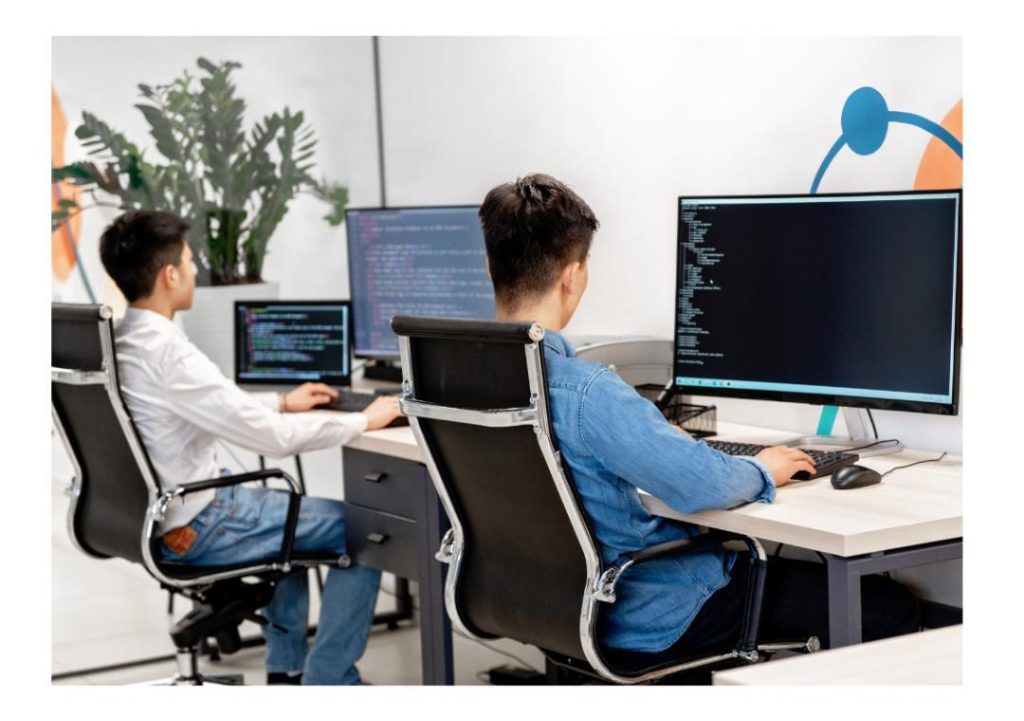
New Software Development Model Uses 5 Core Lenses
The fast-paced world of software development is constantly evolving, and with it, the need for innovative approaches to building and delivering high-quality products. In recent years, the traditional waterfall model has given way to more agile methodologies, such as Scrum and Kanban. However, these frameworks still rely on rigid roles and siloed thinking, which can lead to inefficiencies and a lack of collaboration. To address this, a new software development model has emerged, one that introduces five core lenses: Vision, Engineering, Experience, Data, and Evolution. These lenses allow teams to approach problems from multiple perspectives, fostering better decision-making throughout the product lifecycle.
Vision: Defining What to Build
The first lens, Vision, defines what to build and what problems to solve. This lens is responsible for setting the overall direction and goals of the project, ensuring that everyone involved is working towards a common objective. A clear vision helps to focus the team’s efforts, preventing scope creep and ensuring that the final product meets the needs of the target audience.
In traditional software development, the role of Vision is often filled by a product manager or business analyst, who is responsible for defining the product requirements. However, in the new model, Vision is a shared responsibility among the entire team. Each member brings their unique perspective and expertise to the table, ensuring that the vision is well-rounded and informed.
Engineering: Determining How to Build It
The second lens, Engineering, determines how to build the product. This lens is responsible for defining the technical architecture, designing the system, and implementing the solution. Engineers work closely with the Vision lens to ensure that the technical approach aligns with the overall goals and objectives.
In the new model, Engineering is not just about writing code; it’s about designing a system that is scalable, maintainable, and efficient. Engineers must consider factors such as performance, security, and usability, ensuring that the final product meets the needs of the target audience.
Experience: Focusing on Usability
The third lens, Experience, focuses on usability and the user experience. This lens is responsible for ensuring that the product is easy to use, intuitive, and provides a positive experience for the user. Experience designers work closely with the Engineering lens to ensure that the technical implementation aligns with the user needs and goals.
In the new model, Experience is not just about designing a pretty interface; it’s about creating an experience that is seamless, efficient, and enjoyable. Experience designers must consider factors such as user behavior, psychology, and cognitive science, ensuring that the final product meets the needs of the target audience.
Data: Optimizing Outcomes
The fourth lens, Data, optimizes outcomes by analyzing and interpreting data to inform decision-making. This lens is responsible for collecting, processing, and analyzing data to measure the effectiveness of the product and identify areas for improvement. Data analysts work closely with the Vision, Engineering, and Experience lenses to ensure that data-driven decisions are made throughout the product lifecycle.
In the new model, Data is not just about collecting numbers; it’s about using data to drive business outcomes. Data analysts must consider factors such as metrics, KPIs, and business goals, ensuring that the final product meets the needs of the target audience.
Evolution: Ensuring Ongoing Relevance
The fifth and final lens, Evolution, ensures ongoing relevance by continuously monitoring the product and making adjustments as needed. This lens is responsible for identifying emerging trends, technologies, and user needs, and incorporating them into the product roadmap. Evolutionary thinking is essential in today’s fast-paced environment, where products must be agile and adaptable to remain competitive.
In the new model, Evolution is not just about fixing bugs and making minor tweaks; it’s about continuously innovating and improving the product. Evolutionary thinkers must consider factors such as market trends, user feedback, and emerging technologies, ensuring that the final product remains relevant and competitive.
Conclusion
The new software development model introduces five core lenses: Vision, Engineering, Experience, Data, and Evolution. These lenses allow teams to approach problems from multiple perspectives, fostering better decision-making throughout the product lifecycle. By adopting this model, teams can avoid the pitfalls of traditional software development, such as scope creep, misaligned priorities, and poor user experience.
In conclusion, the new software development model is a game-changer for the industry, offering a more collaborative, agile, and data-driven approach to building and delivering high-quality products. By embracing this model, teams can create products that meet the needs of the target audience, drive business outcomes, and remain competitive in today’s fast-paced environment.
Source
https://www.growthjockey.com/blogs/framework-for-modern-software-development




